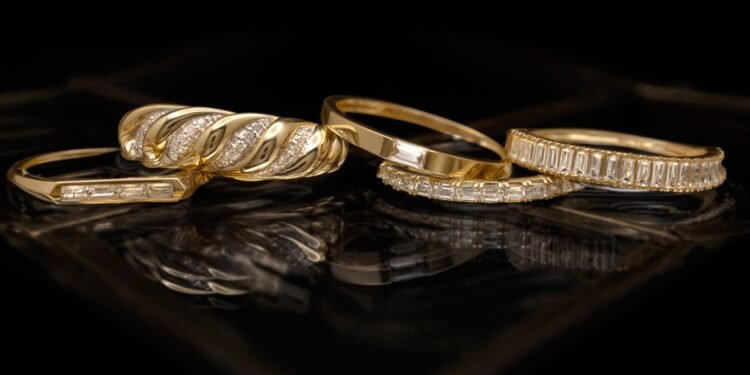Investing in fine jewelry can be a rewarding experience, both aesthetically and financially. However, it requires careful consideration and knowledge to ensure that your investment yields value over time. This buyer’s guide will help you understand when and how to invest in fine jewelry, ensuring you make informed decisions that align with your financial goals and personal taste.
Understanding Fine Jewelry
Before diving into when to invest, it’s important to understand what constitutes fine jewelry. Typically, fine jewelry is made from precious metals such as gold, silver, or platinum and often features gemstones like lab grown diamonds, sapphires, emeralds, or rubies. These pieces are usually crafted by skilled artisans and are designed to last a lifetime, making them suitable for investment.
Recognizing the Right Time to Invest
Investing in fine jewelry is not only about the pieces you buy but also about timing. Here are some ideal moments to consider:
- Market Trends: Keep an eye on the jewelry market. Prices can fluctuate based on demand, economic conditions, and trends. Investing during a downturn in the market may allow you to purchase items at a lower price, potentially leading to higher returns when the market rebounds.
- Personal Milestones: Significant life events such as engagements, weddings, anniversaries, or birthdays are great opportunities to invest in fine jewelry. Not only do these pieces hold sentimental value, but they can also appreciate over time. For example, an engagement ring is not just a romantic gesture; it can be a valuable asset.
- Special Sales and Auctions: Look for opportunities to buy fine jewelry during seasonal sales, estate sales, or auctions. These venues often provide access to unique pieces at competitive prices. Auctions, in particular, can yield rare finds that may appreciate significantly over time.
- Collector’s Pieces: If you come across a piece from a renowned designer or a limited edition item, it might be worth considering. Collectible jewelry often appreciates in value due to its rarity and desirability, making it a wise investment choice.
Evaluating Quality and Value
When investing in fine jewelry, it’s crucial to assess the quality and value of the pieces:
- Gemstone Quality: Familiarize yourself with the Four Cs of lab diamonds (Cut, Color, Clarity, and Carat weight) and apply similar principles to colored gemstones. High-quality stones are more likely to retain their value over time.
- Metal Quality: Ensure the jewelry is made from high-quality materials. Look for hallmarks or stamps indicating the purity of metals (like 14K, 18K for gold, or .925 for sterling silver).
- Craftsmanship: Examine the craftsmanship of the piece. Well-made jewelry will have smooth edges, secure settings, and overall durability. This attention to detail is essential for both aesthetic appeal and long-term value.
Building a Collection
When investing in fine jewelry, consider building a diverse collection. This might include various pieces such as rings, necklaces, bracelets, and earrings, each with different styles and materials. A well-rounded collection can help mitigate risks and maximize potential returns, as different types of jewelry may appreciate at different rates.
Conclusion
Investing in fine jewelry can be a rewarding and enriching experience, provided you approach it with knowledge and awareness. By understanding when to invest, evaluating quality, and building a diverse collection, you can make informed decisions that align with your personal style and financial goals. Remember, fine jewelry is not only an investment in aesthetics but also in lasting value, so choose pieces that resonate with you and have the potential to appreciate over time.




